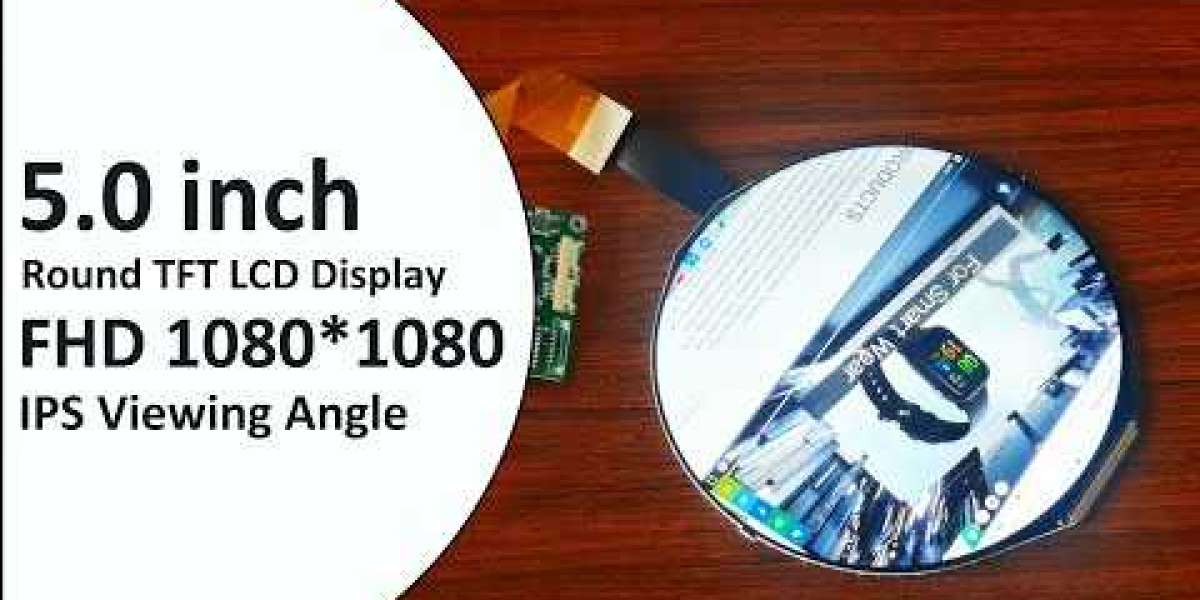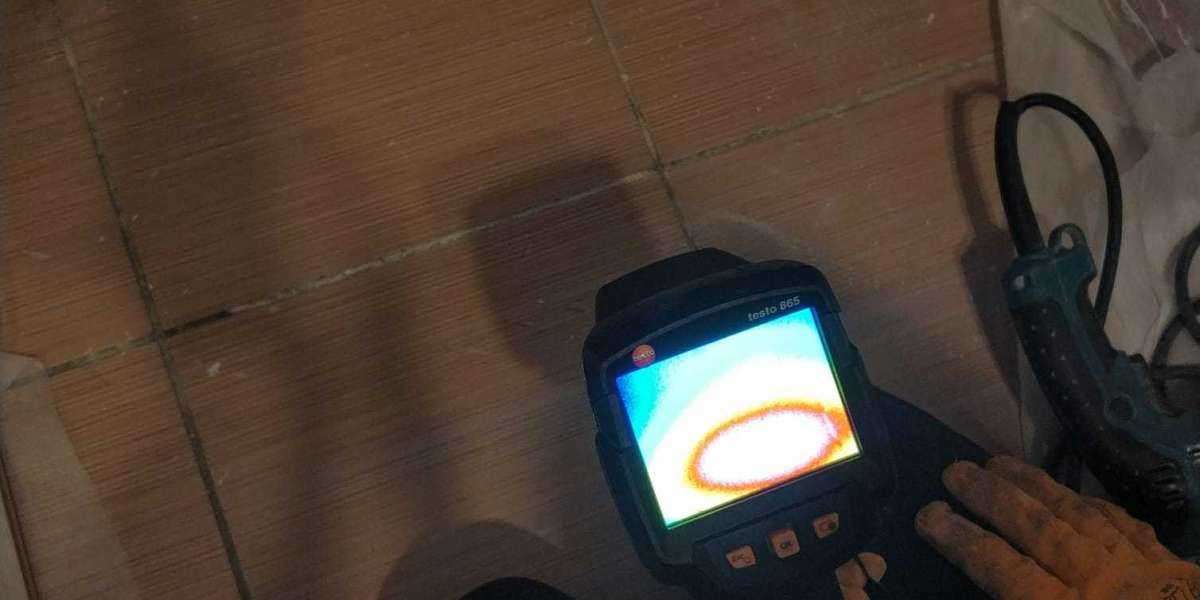It wasn't until the 1960s that liquid crystals were initially incorporated into the technology used to create displays. This new occurrence is regarded as the pattern's starting point, and it has recently taken place.
These materials have an effect on the polarization of light in a way that allows digital screens to display images that are not only vivid but also high in resolution. This capability was made possible as a result of the fact that digital screens are now able to display images with this effect. This is a major step forward in the development of the field. Today's technology also makes it possible for this possibility to be realized. This expansion is expected to take place some time between the years 2016 and 2026. In particular, we are going to focus on the kind of technology that is used in mobile devices such as smartphones and tablet computers. These kinds of devices are portable and can be used almost anywhere.
LCDs have been developed into a vast number of different types in order to provide the best possible fit for their respective applications and final settings. This has resulted in the proliferation of LCDs in modern technology. LCDs have also been put to use in a huge variety of different contexts and fields of endeavor. These aspects include the optimal viewing angle, contrast ratio, color reproduction, temperature range, and cost. Other aspects that can be optimized include power consumption and range. This leads one to believe that the matrix does not contain its very own autonomous source of activity. When it comes to the common electrodes, each one is discussed individually and in the order of precedence that is appropriate for the subject matter being covered at this particular time. Along with the data that is connected to the segment electrodes, all of the data that is connected to the pixels or icons that are currently connected to the active common electrode is simultaneously addressed. This is done in addition to the data that is connected to the segment electrodes. In conjunction with the data that is associated with the segment electrodes, this is carried out.
Without these two characteristics, multiplexing will not be an option that can be used. This is due to the fact that the threshold voltage is responsible for determining the minimum voltage at which the structure will respond to the voltage that is applied. This is due to the fact that the threshold voltage is what decides whether the structure will respond to the voltage that is applied to it or not. To put it another way, the threshold voltage is what determines whether or not something happens. There is a direct proportional relationship between the optical steepness and the total number of common electrodes that can be addressed. The twisting of the liquid crystal helps to create both a threshold voltage and a steep response. Both of these effects are facilitated by the twisting. Because of the twisting, either one of these effects can be accomplished a great deal more rapidly and with much less effort. Passive matrix displays are characterized by their lack of an active matrix.
LCDs with active matrices have become increasingly popular in recent years. Each pixel location in an active-matrix small LCD display contains a row electrode, a column electrode, and a horizontal row electrode. The small LCD screen will now be able to display images as a result of this. In order for this objective to be accomplished, small LCD display is necessary for the active elements to first produce a threshold. This process is known as "sequential activation."The activation process in question is referred to as sequential activation. This state will remain until the pixel has had an update performed on each and every one of its data values.
This is because Active-Matrix LCDs use an active matrix rather than a passive matrix to display their images. This is due to the fact that active-matrix LCDs are produced with an active matrix rather than a passive matrix during the manufacturing process. This is due to the fact that during the manufacturing process, active-matrix LCDs are constructed with an active matrix. Because of this, as well as other advancements in voltage regulation, it is now possible to manufacture displays that are capable of displaying the entire color gamut. This was made possible as a result of the fact that voltage regulation has become more advanced. In the past, achieving this goal was thought to be impossible.
This is the case regardless of which direction you look at them from. This holds true for every conceivable direction. This is due to the fact that there is a possibility that they will wreak havoc on the uniformity of the thickness of the liquid crystal layer, which is the primary factor responsible for the display's quality. This is where the term thin film transistors came from; nowadays, it is more common to refer to these devices by their abbreviated form, TFT. Even though AM and TFT are abbreviations for two totally distinct things, you will frequently come across instances in which the two abbreviations are used interchangeably. This is because AM and TFT are both abbreviations for the time of day. Amorphous silicon is the form of silicon that is utilized the most frequently in the manufacturing of thin-film transistors (TFTs). Polycrystalline siliconAmorphous silicon is the type of silicon that is utilized in the production of thin-film transistors (TFTs) at a much higher rate than any other form of silicon. Polycrystalline silicon








